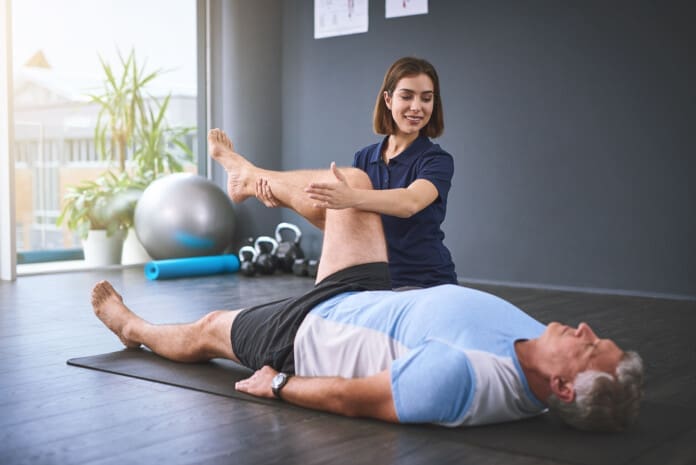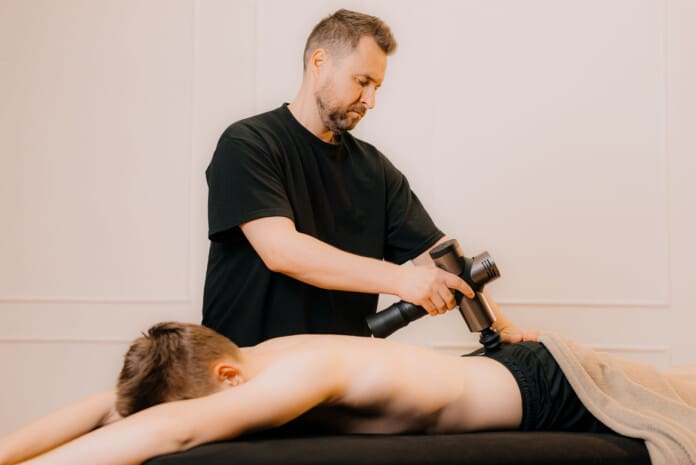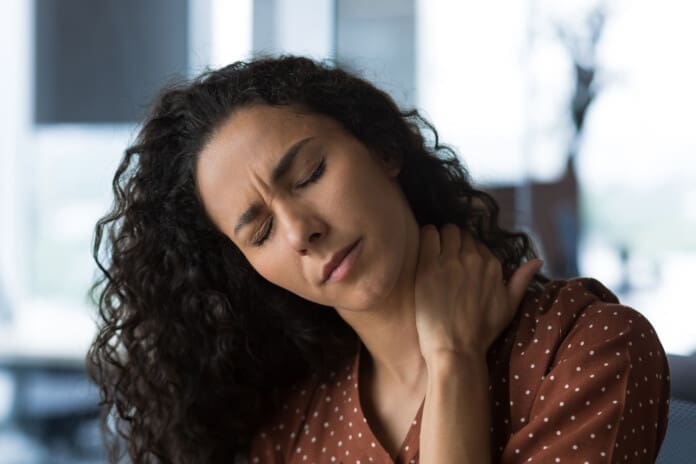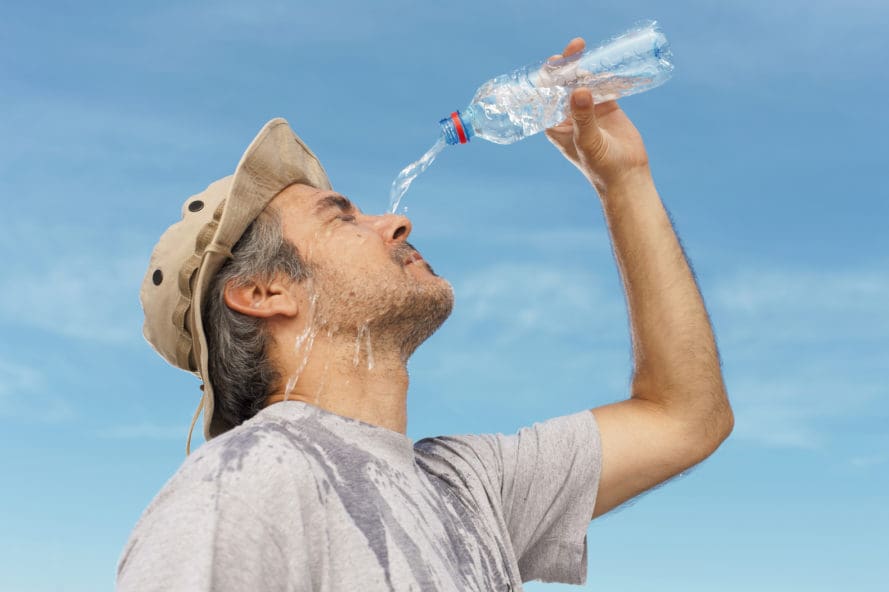Proper shoes are highly recommended when playing sports, whether professional or recreational. Can wearing pickleball footwear help increase optimal performance and prevent injuries?

Table of Contents
Pickleball Footwear
Pickleball has become quite popular because individuals of all ages and abilities can play it. Although it is a relatively new sport, it emerged in 1965. (USA Pickleball, 2021) It’s now one of the fastest-growing sports, with over 8 million players nationwide. (Brandon, 2023) The game can be played with most shoes designed for sports, like running or cross-fit shoes. There are shoes specifically for pickleball that improve traction, enhance stability and cushioning, and increase impact absorption. For those getting into the game long-term, investing in high-quality pickleball footwear is a worthwhile investment that can contribute to long-term enjoyment and injury prevention.
The Demands of Pickleball
Like tennis or table tennis, pickleball involves dynamic and fast-paced movements, including lateral strides, pivoting, and quickly changing direction. The body has to move forward, backward, and side to side across the court and pivot. When chasing the ball, to control the shots, produce power, decrease the risk of injury, and change direction while maintaining balance, the feet, body, and shoes must work together to make all this possible. One consideration depends on where the game will be played, whether flat ground or a harder surface. Wearing sneakers or tennis shoes is recommended for flat-ground play, as they provide supportive cushioning and shock absorption. For harder surfaces like concrete or hardwood courts, specialized shoes like those designed for pickleball are recommended.
Benefits
Some of the benefits of investing in pickleball footwear include.
Optimal Traction
Traction is incredibly important in pickleball. Optimal traction can help players execute quick movements, maintain stability, and prevent slips and falls. When looking for the right shoes, consider traction-specific materials like rubber, nylon, and leather. Individuals are most likely to find rubber pickleball shoes because they’re cheaper and commonly used in other outdoor sport-specific shoes, such as soccer. Nylon is more expensive but offers better traction than rubber and is often used in high-tech sneakers because it provides significant shock absorption and long-term durability. Leather is the most expensive material but offers the best grip. Because of its natural look and feel, it is also becoming more popular in sneakers.
Stability and Support
Moving from side to side in a lateral fashion requires players to be on top of their balance and maintain steadiness when making shots. Pickleball shoes are designed to support stability and can help reduce injuries like sprains.
Impact Absorption Cushioning
Pickleball footwear is designed similarly to running shoes, with cushioned comfort and a midsole that offers shock absorption and reduces the impact felt in the joints, including the knees, lower back, and feet. Individuals can find pickleball footwear that utilizes various sports technologies, like gel inserts or responsive foam, which can help cushion and reduce the impact on the joints. When cushioned, the body can maintain more balance, promote positive movement habits, prevent muscular fatigue and joint pain, help reduce overall stress, and allow individuals to play harder without experiencing pain. Long-term benefits result in a stronger, more flexible body.
Proper Fit and Considerations
Make sure that the pickleball shoes fit well and provide adequate support. Measure your feet using a ruler or measuring tape, and have the measurements handy while shopping. Suggestions include:
- Look for shoes that fit snugly but don’t allow the feet to move around too much during play.
- Pay attention to arch support.
- Individuals with high arches should look for shoes with adjustable straps or more supportive materials built into the sole.
Using an integrated approach to treat and prevent injuries and chronic pain syndromes, improve flexibility, mobility, and agility, and help individuals return to normal activities, Injury Medical Chiropractic and Functional Medicine Clinic works with primary healthcare providers and specialists to develop a personalized fitness program. Each case is different and requires reviewing individual medical history and physical examination to determine the proper training plan. Dr. Jimenez has teamed up with top trainers, clinical specialists, medical researchers, and rehabilitation providers to provide the most effective treatments if other training is needed.
Custom Foot Orthotics
References
USA Pickleball. (2021). History of the game. usapickleball.org/what-is-pickleball/history-of-the-game/
Mackie, B. Pickleheads. (2024). Pickleball statistics. www.pickleheads.com/blog/pickleball-statistics#h-key-pickleball-statistics








































